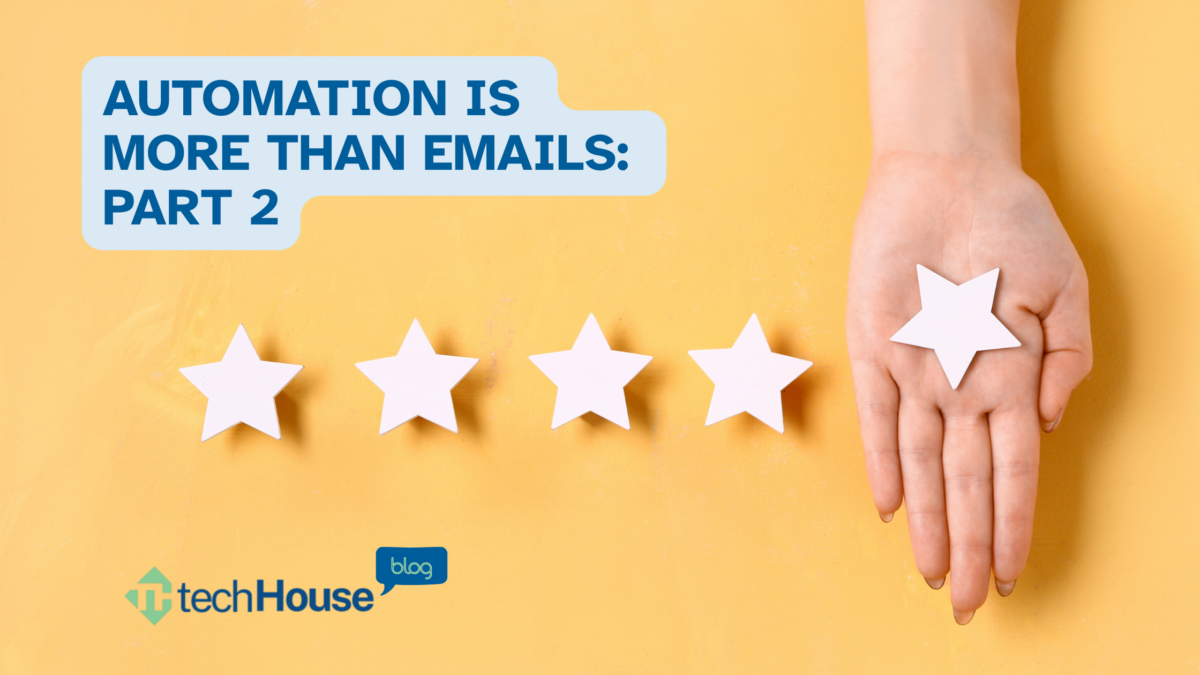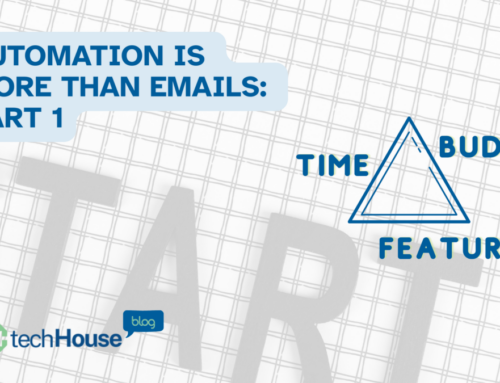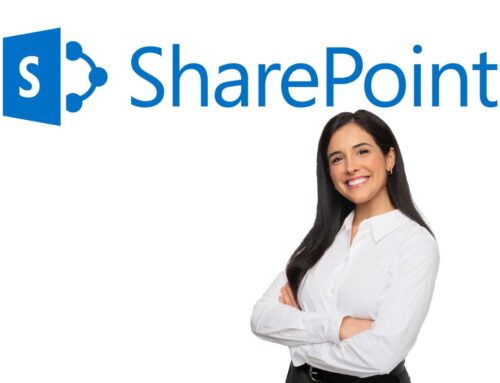Efficiency is Essential
Efficiency isn’t just a goal—it’s a necessity. This post will explore practical ways to boost business process efficiency. We will briefly discuss five common frameworks, their attributes, pros, and cons. We will provide examples of where they are commonly used. We’ll also discuss how TechHouse integrates these principles to drive our unique approach to business process efficiency.
Common Ways to Tackle Process Improvement
Reducing Waste and Variation: Focus on your data to make decisions that cut waste. This helps you find inefficiencies. Once in place, gathering enough data to spot issues and areas for improvement takes time. We often see this in large organizations with lots of data, like manufacturing, healthcare, and finance. This is a good approach to cut costs and boost quality. It can be complex and take time to set up.
Iterative Development: Sometimes, knowing where to start is hard. We know there are problems, but it’s not clear where they are. This is common in fast-growing organizations where many people are new to the process. An iterative process lets us shift priorities as we learn more. This approach is common in small and fast-growing organizations. It is often used in areas with creative problem-solving skills, like product development and marketing. It requires a collaborative culture that can pivot quickly.
Performance Measurement: This approach uses a scorecard to combine performance data from many areas and align it with set metrics. Mid-sized and large companies in finance, healthcare, and education use it. They have set their performance metrics but need help combining the data. Multiple departments must dedicate resources to set up and ongoing maintenance, which can be costly.
Continuous Improvement: This approach focuses on ongoing improvement and customer satisfaction. The customer can be internal or external. Ensuring customer satisfaction requires engagement from all departments during setup and ongoing operations. For this reason, it’s often used in large enterprises or upper mid-market organizations and can be costly.
Incremental Improvement: This framework is adaptable and collaborative. It focuses on small, ongoing changes. It’s used in mid-sized and large enterprises to achieve ongoing improvement across all organizational layers. It’s also effective in small, flat organizations that empower end users. Significant training and independent decision-making at all levels are needed, with controls to manage the freedom to make changes.
The Right Fit for the Best Outcome
At TechHouse, we know there’s no one-size-fits-all solution. Focusing on the most essential elements is critical, especially when working with small—to mid-sized businesses growing from a few employees to hundreds. Our Empower My Data division delivers process efficiency by using the key parts of each framework right for your organization. Our SafetyPlus team helps ensure those digital assets are safe. Contact us to work together toward better efficiency for your organization.
Innovative Solutions. Practical Software. Friendly Support.
Schedule a call | View Upcoming Events | Access our TechHouse Library of Articles





